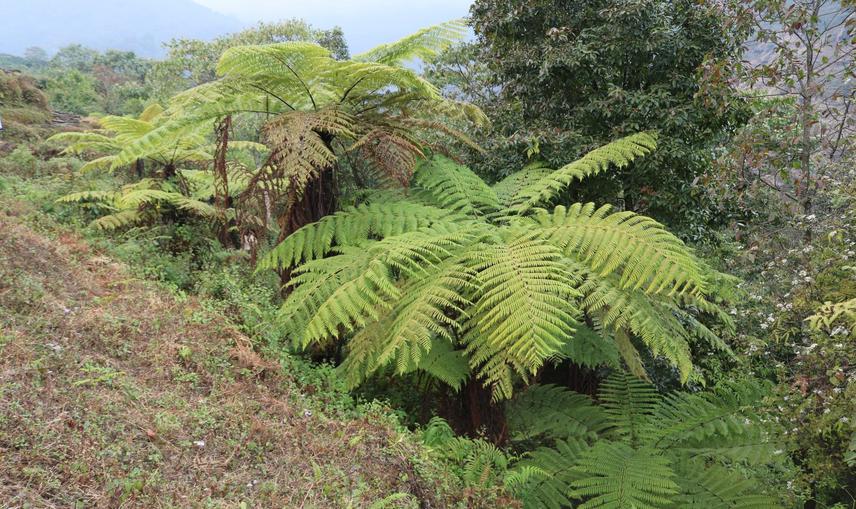Ichchha Thapa
The project aims to make efforts to closely link conservation with community ownership educating them through citizen scientist approach, expedited by science in Panchase Protected Forest, Nepal through the development of community-based tree fern conservation strategy.

Among 16 flora reported in CITES appendix, Cyathea species (tree fern), an endangered tree fern falls under CITES appendix II and the genus in endangered category of IUCN’s Red Data Book. Panchase, a middle mountain ecosystem, dominantly harbors tree fern along deep and dark ravines of steep rocks and water streams in forest. Serious conservation threats and issues such as reckless cutting for food, trampling as well as low concerns from local communities and government authorities were observed and documented. Substantial dependence of people’s livelihood on forest resources has resulted in direct and indirect pressure in the degradation of tree fern in its natural habitat, indicating lack of its conservation awareness (Dixit et al, 2015). Additionally, literatures on tree fern in Nepal on documentation of its distribution, past and present status, current and future potential threats, and the conservation issues are deficient.
Effective conservation efforts by local authorities are lagging behind due to the lack of active community participation especially in Nepal’s Middle Mountains, where subsistence livelihood depends substantially on natural resources. This has serious impact on protected species like tree ferns with narrow niche, inhibiting proliferation of these species.
Conservation of tree fern will only be realistic through its awareness in local people about its present status, importance and the dire need to be conserved through sustainable harvesting and management. For this, identification of local communities and government authorities’ perception on tree fern’s sustainable use, conservation and sustainable management, present and future potential threats, and awareness will contribute to fulfill the knowledge gap to address the tree fern conservation in Panchase. The proposed activities will involve local people from the very beginning till the end, from field sampling, social survey, local monitoring groups at the local level and the development of conservation strategy to entail them the ownership of the project even after the completion of the project.
Overall, research intends to contribute in local conservation strategies in a way which would help people to have continued socio-cultural linkage with tree fern. The proposed research project will be applied, involving the mixed method, both quantitative and qualitative i.e. combining both natural and social sciences, which is fundamental to imply the research findings practically on the ground, more specifically for conservation. The research will be dominant community focused, and will be supplemented by the scientific aspects.